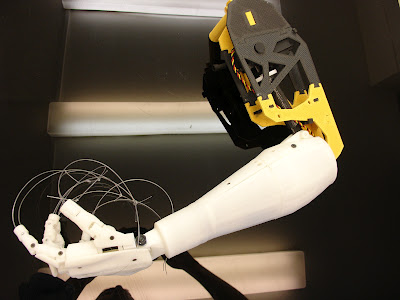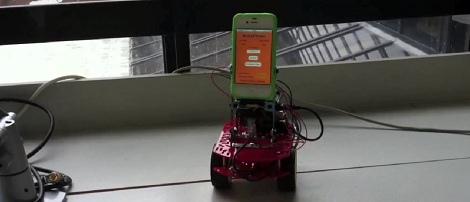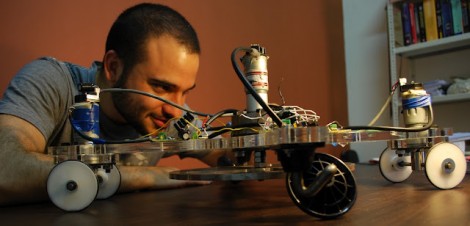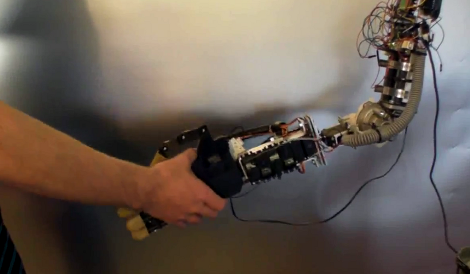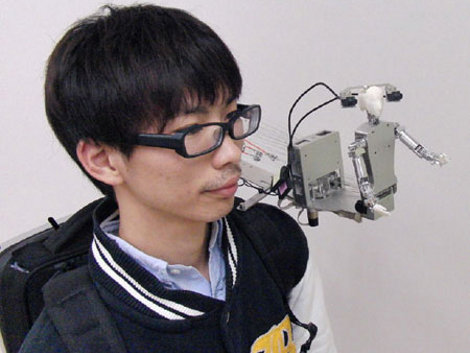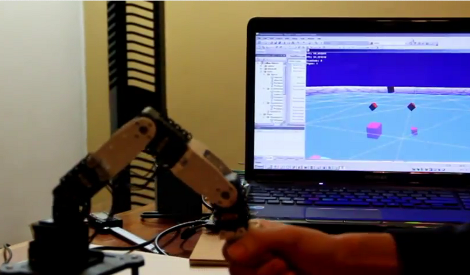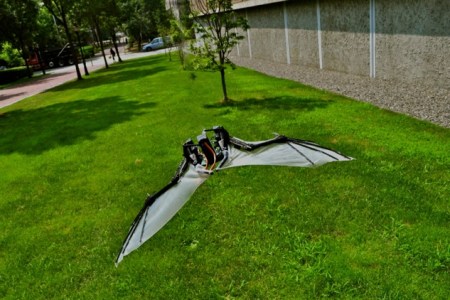
Batbot is a project wherein the researchers are attempting to mimic the biological structure of a bat wing for flight. The desire is to attain the maneuverability and agility you see in bat flight due to the ever changing shape of their wings. Also, bats look really cool. In attempting to mimic the structure, they have decided to use SMA based artificial muscles and steel tendons as opposed to the typical cam linkage you would see in most ornithopters.
Unfortunately, there’s no video of this bot attempting to fly. There is a video (below) of a presentation on the project that explains in detail what they are doing, and how they are doing it. It also has some really cool slow motion footage of real bats doing what they do.
[via Adafruit]
Continue reading “Batbot: Building A Functionally Correct Bat Wing Robot”

